On Jan. 27, Austria is marking the 250th birthday of its favorite son, Wolfgang Amadeus Mozart. In honor of this sesquibicentennial, the city of Vienna is planning an impressive program of more than 1,000 events, including 350 public concerts and performances of the composer’s operas and sacred works.
But for the first time, the Viennese are doing something that has never been done before. After more than 200 years of silence — felt most deeply during Hitler’s rule — Austria is finally talking about Mozart’s Jewish connection.
“Mozart does not belong to any nation. It would be a total misunderstanding for anyone to lay claim to Mozart,” said Peter Marboe, Vienna Mozart Year artistic director. “That makes it obscene that the Nazis should claim him as an example of a great German artist and all the while hide his Jewish collaborators.”
In celebration of Mozart Year, which is being marked throughout Austria, the Jewish Museum of Vienna is presenting a look at the composer and his greatest collaborator, the Jewish-born Lorenzo Da Ponte, the librettist best known for “The Marriage of Figaro” (1786), “Don Giovanni” (1787) and “Cosi Fan Tutte” (1790), long considered the composer’s greatest operatic masterpieces. The exhibit, “Between Tolerance and Aryanization–Lorenzo Da Ponte, Mozart and Vienna,” which opens mid-March and ends Aug. 31, illuminates the effects of Nazi propaganda on our perceptions of both Mozart and his librettist.
Da Ponte was born Emanuele Conegliano in the Jewish community of Ceneda, Italy, in 1749. He converted to Catholicism, along with his entire family, shortly after his bar mitzvah, when his widower father remarried a Christian woman. He and his brothers were immediately sent off to a seminary to study for the priesthood, where he describes himself as an “inmate.” He later complained that “at that time, I intended to perfect my knowledge of Hebrew, which in my youth I had studied assiduously.”
According to his memoirs, Da Ponte became a Catholic priest at 20 in response to his father’s bidding. Da Ponte writes with great bitterness about his fate, which he blames for leading him to “embrace a way of life opposed to my temperament, character, principles and studies, thus opening the door to a thousand strange happenings and perils.”
Within two years, Da Ponte escaped to Venice, where he worked as teacher and poet. During that time, he had affairs with three society women. His exploits eventually caught up with him, and scandal forced him to flee Italy in 1782.
That year Da Ponte ended up at the imperial court in Vienna, where he met Mozart, who had just been kicked out of the service of the prince-cardinal of Salzburg. The collaboration of these two refugees from the church was to produce monumental results.
Their first collaboration, “The Marriage of Figaro,” was an enormous success.
But it was in their second collaboration that Da Ponte’s Jewish roots began to show. The tragic opera, “Don Giovanni,” is punctuated throughout with a sense of humor that was unheard of at the time. Commissioned for the Prague Opera, the so-called “perfect opera” reaches its climax when a huge statue comes to life to exact vengeance on a murderer. The oblique reference to the Yiddish legend of Der Golem was not lost on Czech audiences — in Prague “Don Giovanni” was an immediate hit. But in Vienna, it closed after 13 performances.
Da Ponte and Mozart collaborated once more on what would prove the composer’s final comic opera, “Cosi Fan Tutte.” The following year, Mozart died and Da Ponte was exiled to England for his scandalous affairs. The librettist eventually made his way to New York, where he founded the chair of Italian literature at Columbia University.
More than a century later, Nazi Germany annexed Austria and instituted the policy of Aryanization. Under the Nazi regime, Da Ponte’s Jewish identity was stolen by Joseph Goebbels, Hitler’s minister of propaganda, who banned all music by Jewish composers, including Gustav Mahler, Felix Mendelssohn, Jacques Offenbach and Erich Wolfgang Korngold. But Mozart’s music was too valuable to the Third Reich, so like Johan Strauss, Mozart’s collaborator was “Aryanized.” Hitler reportedly told critics: “I decide who is Jewish.”
After the war, Viennese city government worked closely with the Jewish community to help rebuild a society devastated by the Holocaust. Their projects included the funding of the Vienna Jewish Museum and the Holocaust Memorial. This year’s Mozart celebrations provide the perfect opportunity to openly discuss Da Ponte and his contribution to Mozart’s greatest works.
The Vienna State Opera has performances of all three Da Ponte-Mozart collaborations slated for this season, running from January to April. If seeing Mozart’s operas in Vienna has ever been on your to-do list, now is the time. And when viewed in concert with the Vienna Jewish Museum’s new exhibition, you’ll see them in a whole new light.






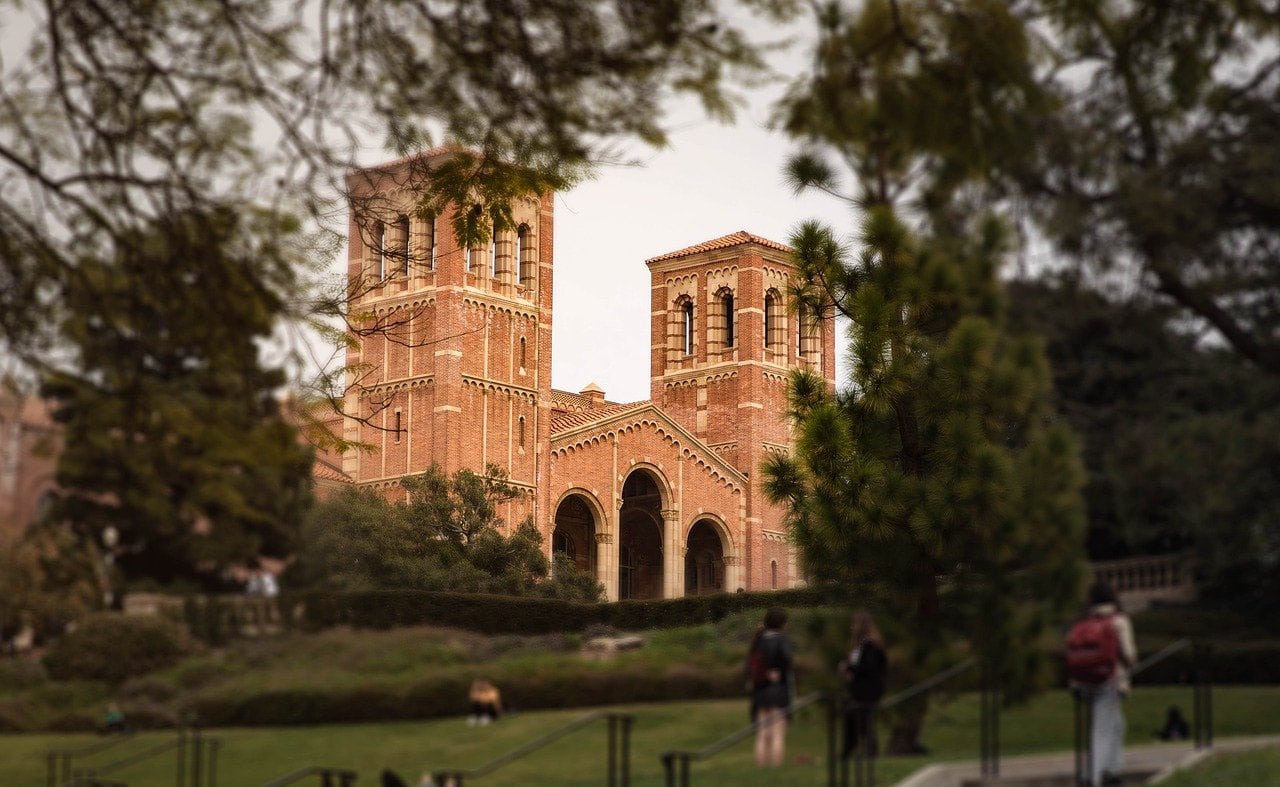


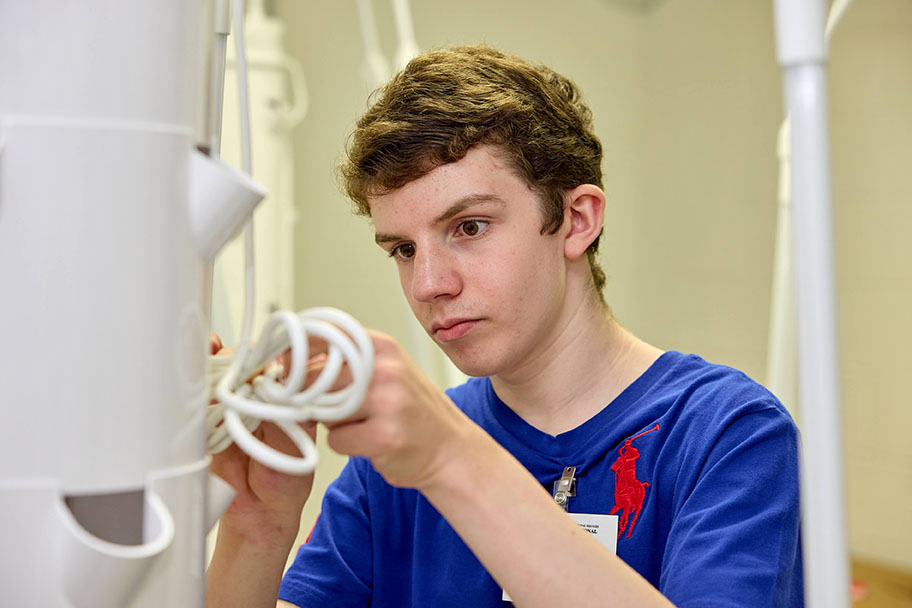

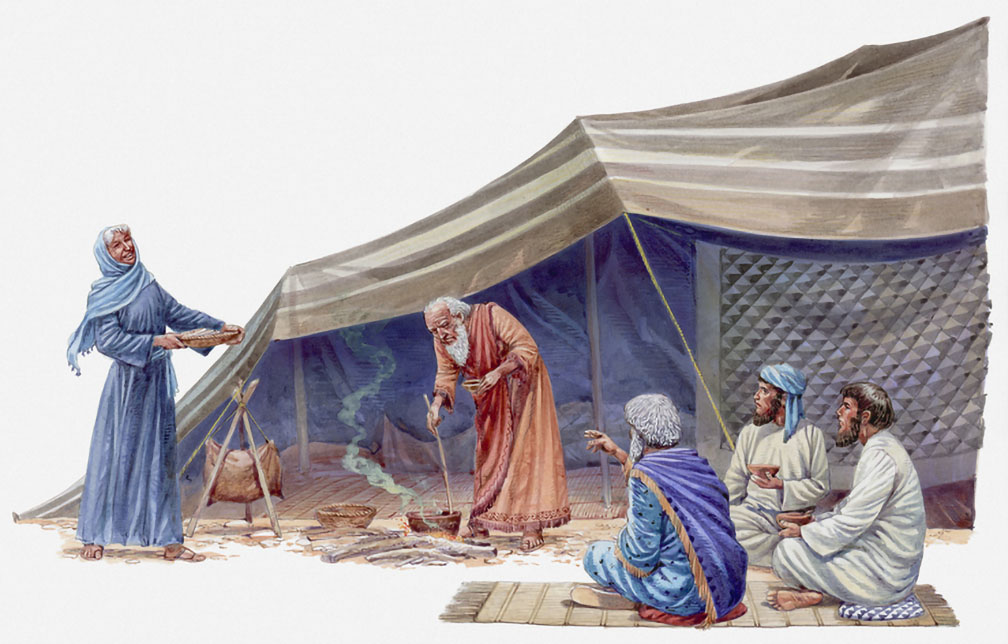

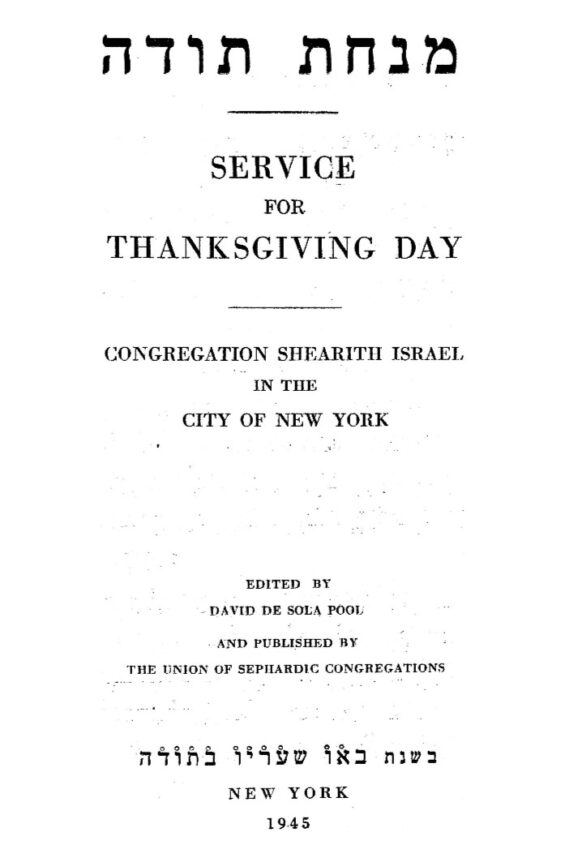
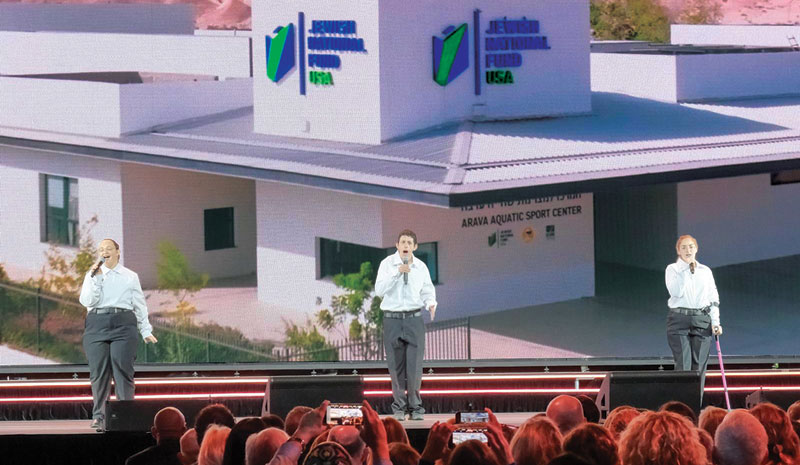





 More news and opinions than at a Shabbat dinner, right in your inbox.
More news and opinions than at a Shabbat dinner, right in your inbox.